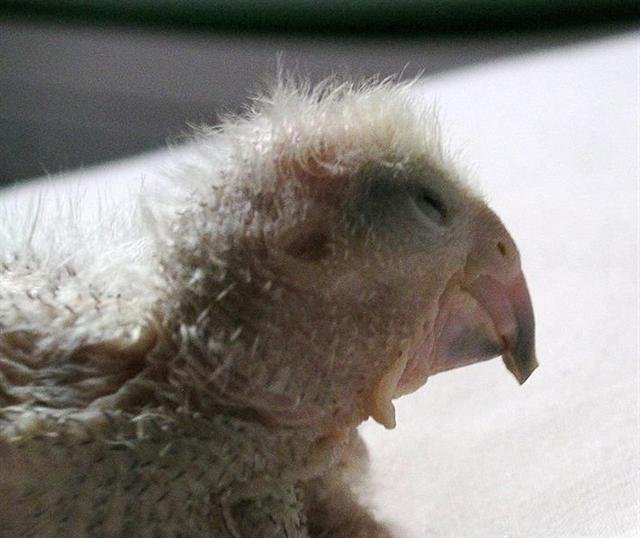How can we verify? First: the position of Cancer in the
tropic year has changed
through the millenia and presumably the whole of Manuscript E was created
with the timeframe of Bharani in mind.
| marama |
kua hua - ki te marama |
kua hahaú
hia |
te marama noho i te
nohoga |
 |
 |
 |
 |
|
Ca7-13 |
Ca7-14 |
Ca7-15 |
Ca7-16 (184) |
|
HELIACAL
DATES: |
|
π Virginis (181.0), θ Crucis (181.5) |
12h (182.6)
ο
Virginis (182.1),
η
Crucis (182.5) |
ALCHITA
=
α
Corvi,
MA WEI (Tail of the Horse)
=
δ
Centauri
(183.1),
MINKAR =
ε
Corvi
(183.7),
ρ
Centauri (183.9) |
PÁLIDA (Pale) =
δ
Crucis
(184.6),
MEGREZ (Root of the Tail) =
δ
Ursae Majoris
(184.9) |
|
Sept 18 (261 = 9 * 29) |
19 (365 +
262 = 627) |
20 (2 * 314) |
21 |
|
'Aug 22 (234
= 261 - 27) |
23 (627 - 27
= 600) |
24 (236 =
263 - 27 = 8 * 29½) |
25 |
|
"Aug 8 (220
= 261 - 41) |
9 (627 - 41
= 586) |
10 (222 =
236 - 14) |
11 |
|
JULY 16
(197
= 261 - 64) |
17 (627 - 64
= 563) |
18 (199 = 236 - 23) |
19 |
|
NAKSHATRA
DATES: |
|
η Tucanae (363.0), ψ Pegasi (363.1),
32 Piscium
(363.2), π Phoenicis (363.4), ε Tucanae (363.6), τ Phoenicis
(363.9)
*322.0 = *363.4 - *41.4 |
θ Oct. (364.4)
*323.0 = *364.4 - *41.4 |
Al Fargh al Thāni-25 (Rear Spout
0h (365.25)
CAPH
(Hand) =
β
Cassiopeiae,
SIRRAH (Navel of the Horse)
=
α
Andromedae
(0.5),
ε
Phoenicis,
γ³
Oct.
(0.8) |
Uttara Bhādrapadā-27 (2nd of the Blessed Feet) /
Wall-14 (Porcupine)
ο Oct. (1.3),
ALGENIB PEGASI
= γ Pegasi
(1.8) |
|
March 19
(261 - 183 = 78) |
20 (79) |
21 |
22 |
|
'Febr 20
(234 - 183 = 51) |
21 (52 = 79
- 27) |
22 |
23
(TERMINALIA) |
|
"Febr 6 (220
- 183 = 37) |
7 (38 = 79 -
41) |
8 |
9 |
|
JAN 14 (197
- 183 = 14) |
15 (79 - 64) |
16 |
17 |
Metoro encouraged Bishop Jaussen to count (hia)
at Ca7-15. Maybe he wished to point out that 71 * 5 = 355
(day of winter solstice). Or that the day number was 2 * 314
(π). Or he may simply have suggested that the 15th glyph in
line a7 stood halfway from the beginning of the text to the
end of line a14 (where 2 * 7 = 14).
|
no glyph |
 |
180 |
 |
 |
208 |
 |
 |
|
Ca1-1 |
Ca7-14 |
Ca7-15 |
*Ca14-29
(392) |
Cb1-1
(393) |
|
183 =
366 / 2 |
0h |
210 =
420 / 2 = 183 + 27 |
The Chinese had Algenib Pegasi at their 14th station
Wall and this may well have inspired the creators of Manuscript
E to think about antennae (similar to the spikes of a Porcupine
and significantly also to the spikes of vegetation above the Rat in the drawing below):
|
10 |
Girl |
ε Aquarii
(Albali) |
Bat |
Jan 29 (394) |
| 11 |
Emptiness |
β Aquarii
(Sadalsud) |
Rat |
Febr 9 (405) |

... In China,
with Capricornus, Pisces, and a part of Sagittarius,
it [Aquarius] constituted the early Serpent, or
Turtle, Tien Yuen; and later was known as
Hiuen Ying, the Dark Warrior and Hero, or Darkly
Flourishing One, the Hiuen Wu, or Hiuen
Heaou, of the Han dynasty, which Dupuis gave as
Hiven Mao. It was a symbol of the emperor
Tchoun Hin, in whose reign was a great deluge;
but after the Jesuits came in it became Paou Ping,
the Precious Vase. It contained three of the sieu,
and headed the list of zodiac signs as the Rat,
which in the far East was the ideograph for 'water',
and still so remains in the almanacs of Central
Asia, Cochin China, and Japan ... |
|
12 |
Rooftop |
α Aquarii
(Sadalmelik) |
Swallow |
Febr 18
(414) → Bharani |
|
... Now birds and fishes are born
under the sign of the Yin [Moon], but they
belong to the Yang [Sun]. This is why birds
and fishes both lay eggs. Fishes swim in the waters,
birds fly among the clouds. But in winter, the
swallows and starlings go down into the sea and
change into mussels ... |
|
13
House = Hare Tupa Tuu |
|
Febr
18 (414) |
14 |
March 5
(429) |
16 |
March 21
(446) |
|
Sadalmelik |
Markab
Pegasi |
Sirrah |
|
Swallow |
Pig |
0h |
|
33 |
|
|
13 |
House |
α Pegasi (Markab) |
Pig |
March 5 (414 + 15
= 365 + 64) |
|
March equinox |
|
14 |
Wall |
γ Pegasi
(Algenib) |
Porcupine |
March 22 = 365 +
80 + 1 |
 |
|
March 22
(81) |
54 |
May 16
(136) |
|
Algenib
Pegasi |
Alcyone |
|
Porcupine |
Cockerel |
|
8 weeks |
|
|
18 |
Hairy Head |
η Tauri (Alcyone) |
Cockerel |
May 16 (136 = 500
- 364) |
 |
|



